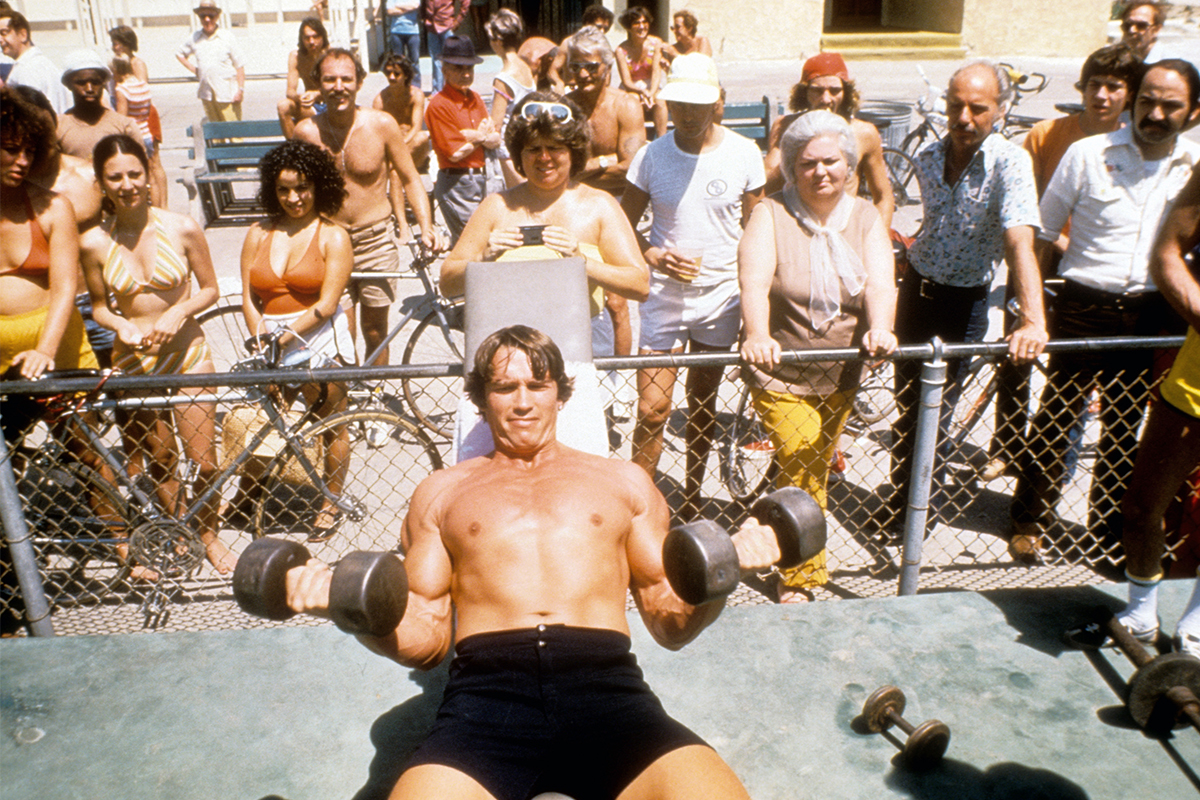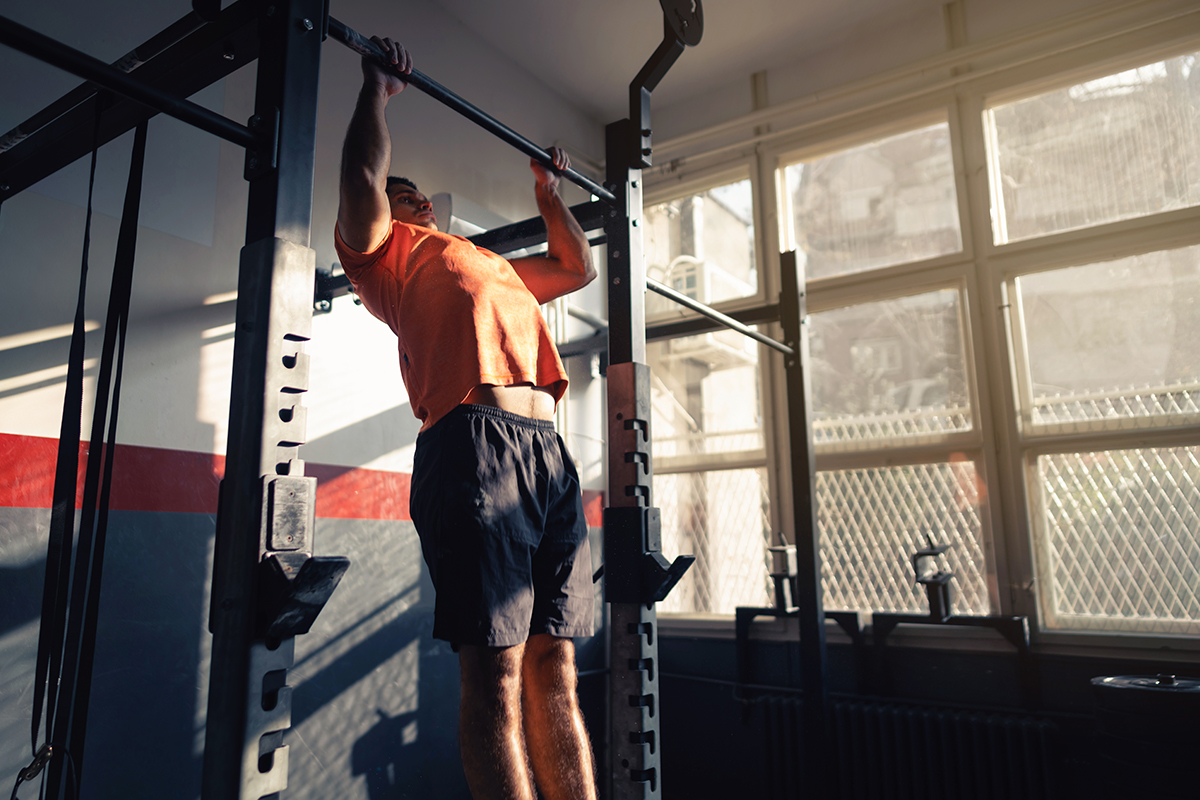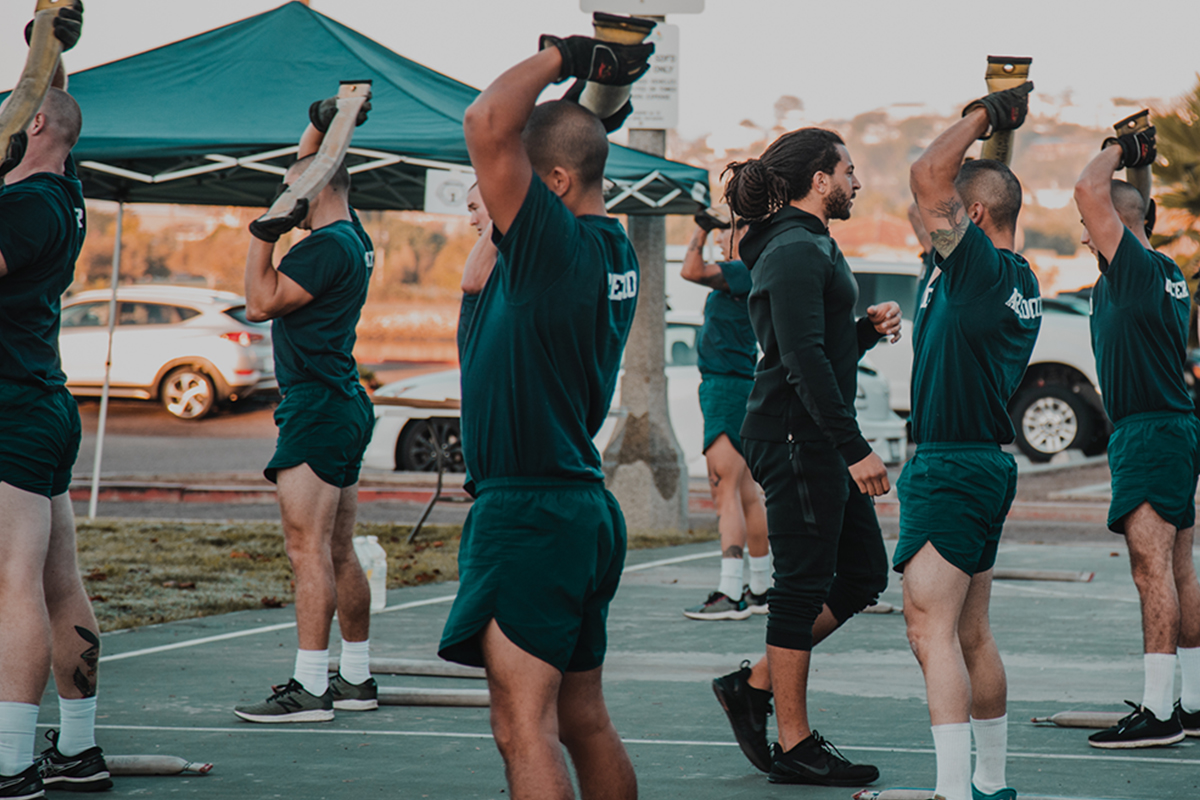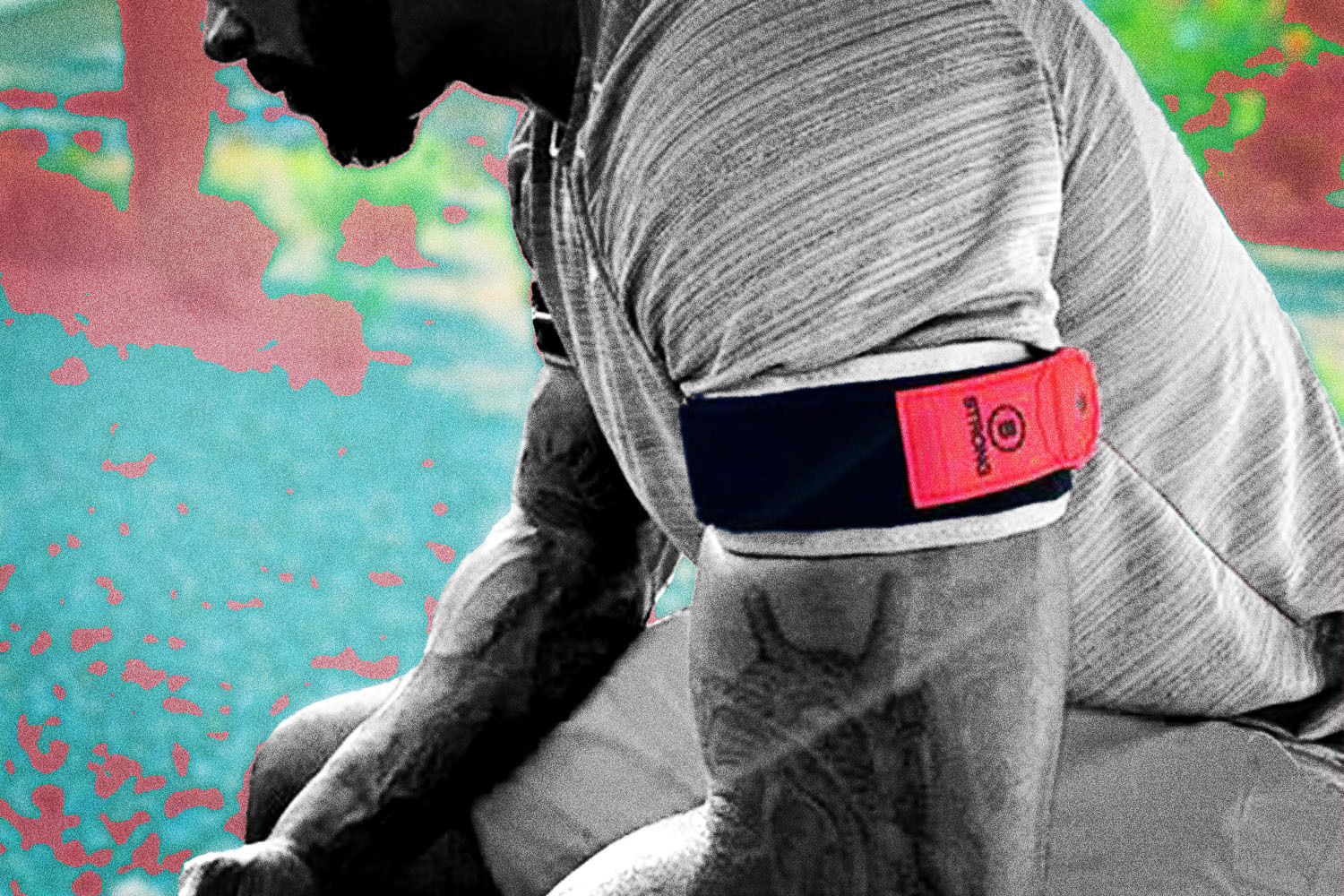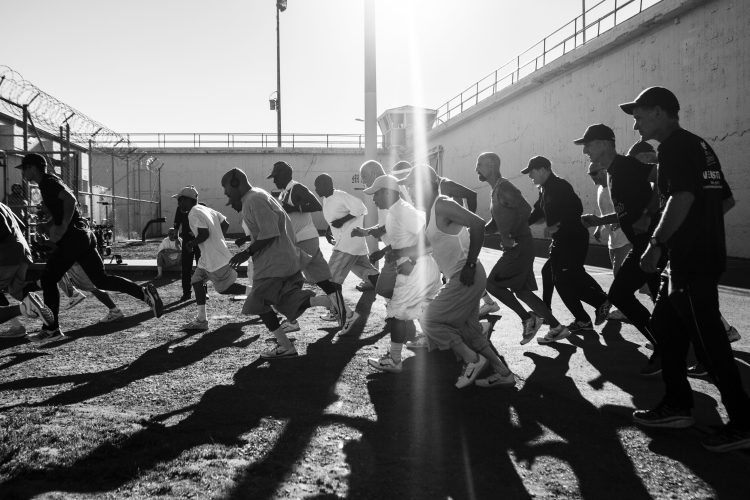Reddit commenters like to fight about whether “hardgainers” exist or not. One camp accepts the hardgainer premise — that certain people who regularly practice weightlifting have a harder time gaining muscle — while the another frames the concept as an excuse. “Today I learned there is no such thing as a hardgainer,” one 29-year-old man posted, before a detailed description of how he defeated “years of being skinny and underweight.” Others agreed with him: “No such thing. Just kids that don’t know how to eat enough food.”
Those tough-guy-takes ignore the somatotype taxonomy (an imperfect but useful theory on constitutional psychology developed in the 1940s). You’re definitely familiar with it: body types can be sub-divided into ectomorphs, mesomorphs and endomorphs. Ectomorphs are built like giraffes. They have short muscles on long arms, flat chests and small shoulders. Their bones pack less density, but their stomachs can pack away carbs. Their metabolisms are lightning quick.
When it comes up to bulking up, though, these people often have a more complicated fitness journey. If you don’t believe that, look around new time you’re at the gym. Are all the “skinny guys” really just lazier? Of course not. But for the highly specific activity of adding musculature, their systems are operating at a disadvantage. People who effortlessly burn calories are often working at an energy deficit. And yeah, that does make it hard to gain muscle. It makes it especially hard to keep it, too.
“Hardgainer” has likely became such a charged term on the internet for cultural reasons, not anatomical ones. No one’s really ready to deny that skinny people exist. Many just don’t want to hear that it’s “impossible” for anyone of a certain body type to gain muscle. Why? Well, if you’re a body type that’s more conducive to muscle gain (like an endomorph), then that discourse feels like it cheapens your own efforts. And if you’re an ectomorph yourself, you probably don’t want to hear that going to the gym is a hopeless enterprise. Adding fuel to the fire, YouTube and Instagram trainers like to make hardgainer-targeted workout plans, which keeps the debate flowing.
Here’s the deal: everybody’s right. Ectomorphs struggle to pack on the pounds, but that doesn’t mean it can’t be done. The ultimate key is in recognizing that body types aren’t fatalistic. Lanky guys — whether you want to call them hardgainers or not — aren’t doomed to a lifetime of limited gains. They just need to be a bit more aggressive in seeking out information that will help them address their situation.
To that end: we put together a brief, handy hardgainers’ guide to putting on mass. It isn’t easy rallying yourself over to the iron paradise a few days a week. And it isn’t any easier when you’re a thin guy, potentially preoccupied with vestiges of high school locker room culture, concerned that you’ll get judged or chirped because you’re lifting the lightest dumbbells on the rack. Guess what? That’s all bullshit — it all counts, and all you need to do is economize that process to better suit the frame you were given. Follow these tips, and your reps will see the rewards they deserve.
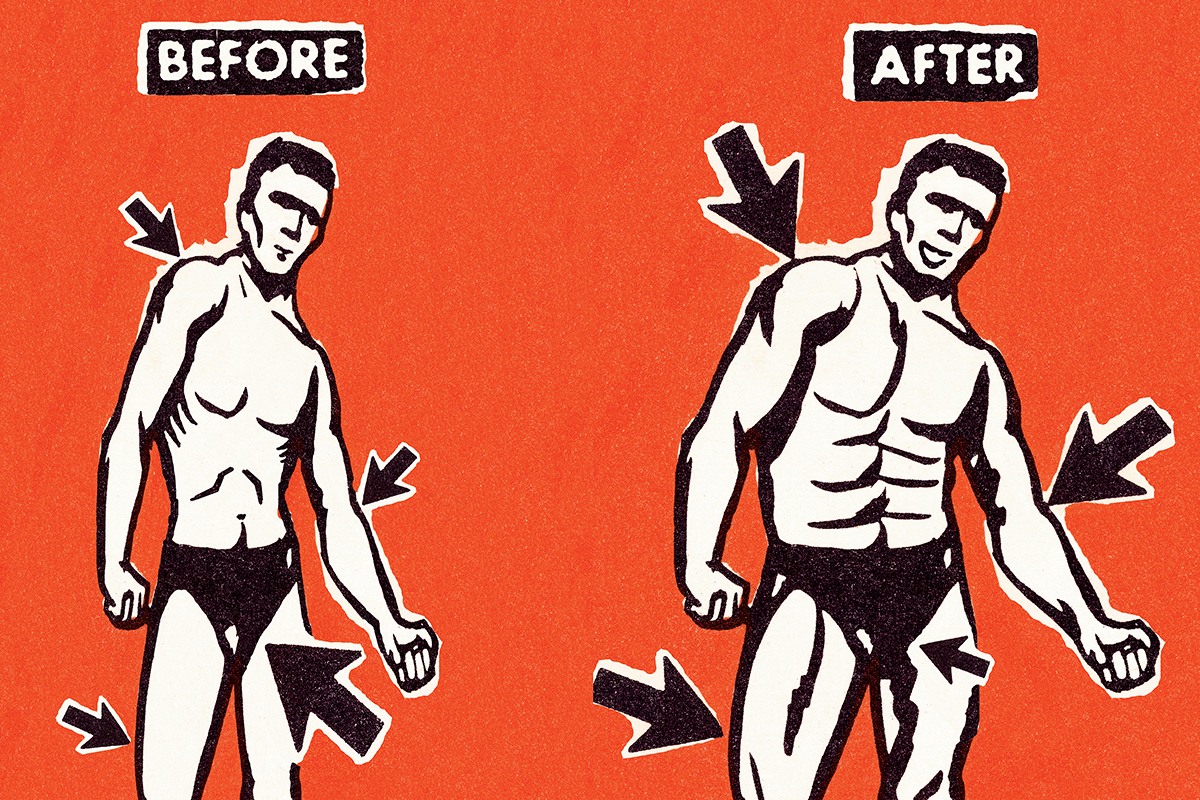
A beginner’s training plan
For newcomers, the gym can kind of feel like one of those pop-up markets with 25 different food trucks. There are options everywhere, you feel compelled to try everything, and you have no clue where to start. If you’re a slight guy by nature — and I speak from years of experience — the experience is pretty damn intimidating. You don’t want to make a fool of yourself in front of the regulars.
But it’s a common misconception that lifting light plates is something to be embarrassed about in the weight room. On the contrary, it isn’t uncommon to see experienced lifters perform reps with only the bar, or rip negatives and drop-sets (with minimal to no weight) at the end of a circuit. If people are judging — which they probably aren’t; gym time is personal and most people like to just put headphones in and do their thing — they’re much more likely to spot poor form than a light bar.
And that’s really where any “hardgainer” needs to begin. Master the exact form of a few big moves. One for each muscle group. Renowned trainer Jeff Cavaliere, who frequently trains guys who struggle to add mass, preaches focusing on compound movements like the bench press, barbell bent-over rows, bicep curls, tricep extensions and deadlifts. He’s a huge fan of the push-pull routine, too. One push day, one pull day and one leg day a week. That’s it.
When you’re just starting out, it’s more important to build that foundation — and start to enjoy the process of adding weight and getting stronger — than to attempt to eschew conventional lifting habits and push yourself through crazy circuits. The reality is, you’re trying to add muscle. You don’t want to fatigue yourself with any sort of aerobic-leaning session. As some say: avoid “junk volume.” Instead, honor the basics and engage with hypertrophy training. That means taking each lift to failure. You’ll be gassed pretty quickly. If you’re spending more than 45 minutes in the gym, you’re doing it wrong.
Food is your friend
Once you’re out of the gym, though, the real work begins. Men’s magazines like to write that “abs are made in the kitchen.” That’s true. But for hardgainers, pretty much every muscle group is made in the kitchen. There is some truth to that Reddit commenter’s point from earlier, snarky as he may have come across. A lot of “kids” — or fledgling lifters in general — don’t know how to eat for the express purpose of gaining muscle. They either drastically underestimate how many calories they take in over a given day, or use their new goal as an excuse to eat more, period. (In college, I knew a kid who ate a pint of Ben and Jerry’s ice cream every single night of the summer, as part of his “get big routine.”)
Keep in mind: one-size-fits-all dietary advice is fraught and unreliable. There’s a reason that the future of fitness is in personalized blood-work and biomarkers. But if it helps you to work within a framework, just know that you need a positive energy balance to build muscle, and studies suggest you want to consume an excess of 2,500-3,000 calories — meaning above your normal recommended intake — over the course of each week. That’s your best shot at actually supporting all the protein turnover you’re catalyzing in the gym.
What should your plate look like? You’ve got a lot of options. Prioritize protein sources like chicken legs, skirt steak, pork chops and tuna; eat fruits and vegetables with every single meal; work in whole grains like barley, oats and quinoa; snack frequently on nuts and seeds; and don’t dodge carbs — they help your body store glycogen, which fuels workouts. The quality of your dietary choices is important, make no mistake. But the bigger challenge here is learning how to eat more.
If you’re trying to put on weight, skipping meals (because you aren’t “feeling” breakfast, or need to work through lunch) isn’t really an option. You have to train yourself to eat consistently. Your best friend here is a consistent schedule. Make sure the body knows when it’s eating every day. Make sure they’re foods you actually like. That’ll make the process easier — so long as they’re not stuffed with salt, sugar and fat. And a pro tip on that point: cutting absolute crap from your diet, like cookies and chips, will leave you hungrier for the stuff your body actually needs.
Oh, and smoothies. Smoothies are excellent idea for climbing the calories ladder. Get some protein in them (I prefer vegan pea protein because it’s easier on the stomach). Get some peanut butter in there. Before you delve into the supplements game — lucine, creatine, fish oil — give yourself a chance to start eating and drinking many times throughout the day, every day.
Rest and recovery
Something that’s always worked for me: treat yourself like a professional athlete. That mindset may seem silly, but so is this whole business of building one’s body. You might as well lean into it. Pro athletes know how to take care of their bodies. Their requisite R&R is well-documented. Get your eight hours. Don’t lift two days in a row, and schedule a de-loading week once every two months. Optimize your workspace for proper posture. Hydrate constantly. Schedule a cryotherapy session. Try contrast water therapy (mixing cold water treatment with hot water treatment). Take it easy on the alcohol.
You gotta lock in
It’s going to be temping to waver, or even give up. But the best way for hardgainers to gain muscle is to become hard-workers. Embrace the pain, embrace the schedule. If you want to make a change, it’s the only way. Just remember, at the same time, to take it easy on yourself. You’re going to ask yourself at times: “Is this working?” And that answer is entirely relative. Don’t answer it by staring at another guy at the gym. Don’t even answer it by staring at yourself in the mirror. Focus on the success of your progressive loading technique, on the way that using food as fuel becomes a consistent, effective habit. While Reddit’s up late, arguing again whether hardgainers exist or not, you’ll be fast asleep dog-tired after another hard lift, fully on your way.
Whether you’re looking to get into shape, or just get out of a funk, The Charge has got you covered. Sign up for our new wellness newsletter today.
